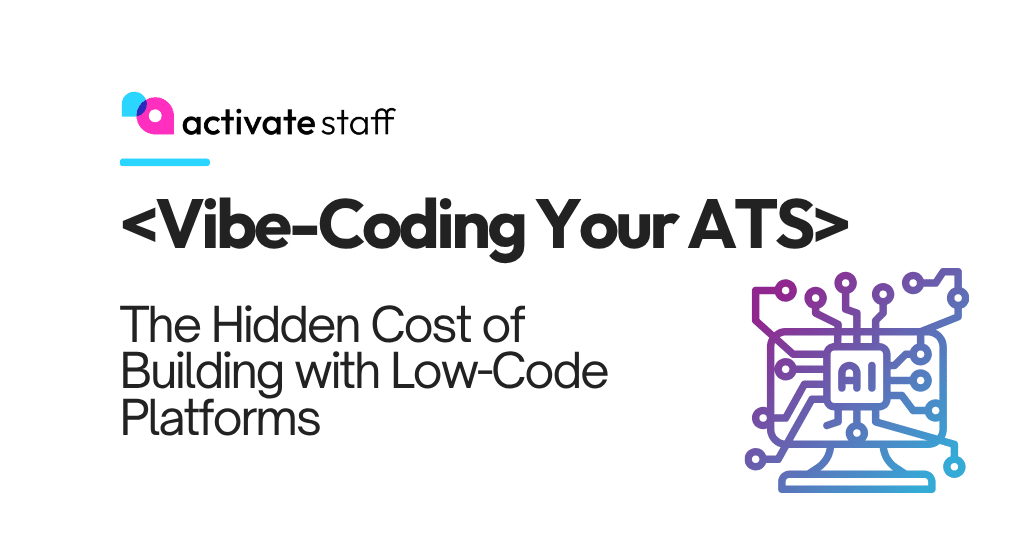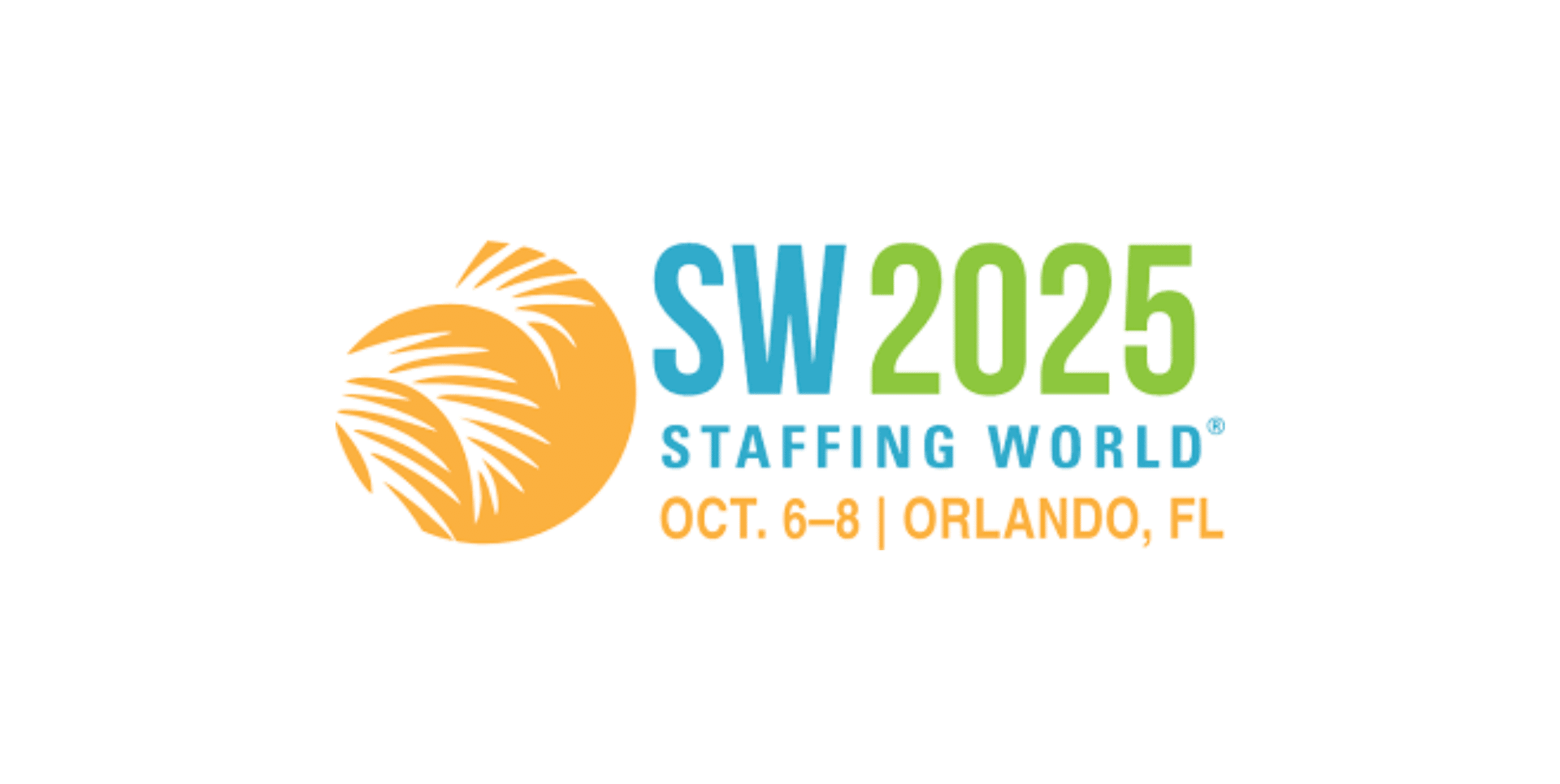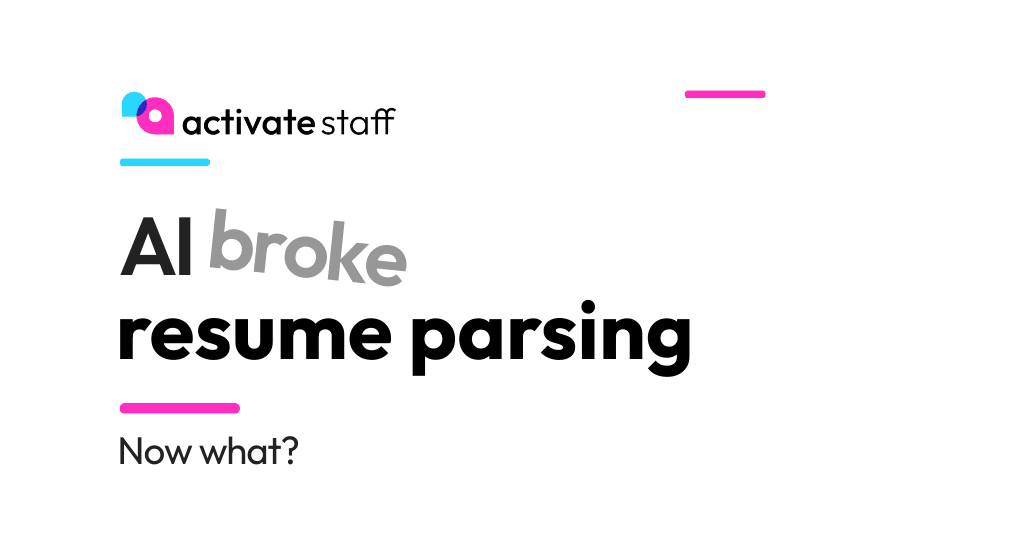The per diem healthcare staffing industry has seen a remarkable evolution in the past few years. This change has been largely driven by the rise and adoption of staffing platforms. As we explore the future of per diem staffing, it’s essential to understand how these technological advancements are reshaping the industry.
A surge in per diem staffing demand
Per diem staffing, also known as PRN (Pro Re Nata), has historically been seen as a challenge. Scheduling staff under short deadlines can be a complex and stressful process. It requires swift coordination of available candidates to meet immediate and unpredictable healthcare demands. Something that was extremely difficult before the introduction of platform technology.
During the COVID-19 pandemic, the demand for per diem staff surged to meet the sudden demand. Today, as we navigate through a period of rebalancing, per diem staffing remains vital in healthcare. According to Staffing Industry Analysts, in 2019, the per diem market was valued at $3.7 billion. Fast forward to 2022, and it nearly doubled to $7.6 billion. Even with the slight dip projected in 2023, the industry is expected to bounce back to $7.2 billion by 2024.
This general upward trend highlights the increasing reliance on per diem staffing in healthcare.
The appeal of flexible healthcare staffing
One of the most attractive aspects of per diem staffing is its flexibility. It allows healthcare facilities to fill staffing gaps without the commitment of long-term contracts, while healthcare workers enjoy the freedom to choose shifts that best fit their schedules and needs.
Staffing platform technology as the enabler
The real game-changer in per diem staffing has been the introduction of staffing platforms. These digital solutions have revolutionized how agencies connect with and manage healthcare workers.
1. Enhanced communication and transparency
Staffing platforms offer a level of transparency and connectivity previously unseen in the industry. They allow agencies to share pay rates and consolidate job offerings in one space, making it easier for nurses to find opportunities in the midst of their busy schedules.
2. Scalability and efficiency
One of the significant challenges in per diem staffing is scalability. With the aid of technology, many agencies are now efficiently managing a larger workforce – upwards of 150-200 nurses – without being bogged down by administrative burdens.
3. Local engagement
Per diem nurses often prefer to work within their local communities, seeking additional shifts to complement their regular schedules. Staffing platforms make it easier for these nurses to find these opportunities, helping to enhance their work-life balance.
4. Building relationships beyond transactions
In a field where nurses have numerous options, the differentiator often lies in their relationship with the recruiters. Staffing platforms ensure transparency in terms of pay rates and benefits, enhancing trust and clarity with the agency. On top of that, they also facilitate the creation of more personal, loyal relationships between agencies and healthcare professionals, moving beyond just a transactional interaction.
5. Competition with hospital nursing pools
Per diem staffing agencies have traditionally competed with hospital nursing pools. However, hospitals often lack the expertise to run these pools effectively. Staffing platforms give agencies a distinct advantage in managing workforce dynamics more efficiently than hospital-operated pools.
The integration of technology with personalized care is crucial in today’s per diem staffing environment. Staffing platforms have not only streamlined agency operations but also fostered a sense of value and respect among healthcare workers. This respect, coupled with control over their own schedules, is key to reducing burnout and enhancing job satisfaction.
Interested in learning more about the transformative effect of staffing platforms? Book a chat with an expert on our team.




